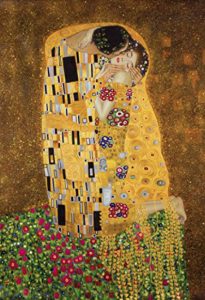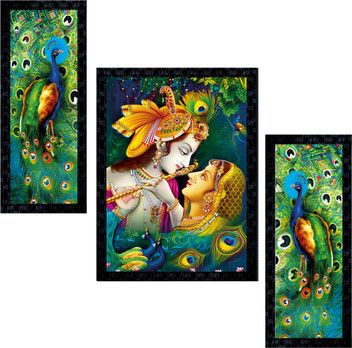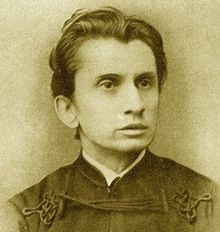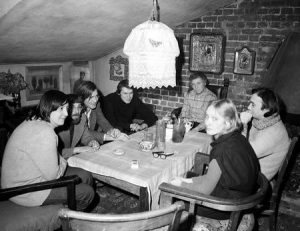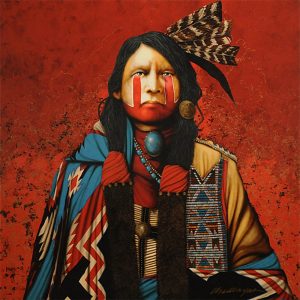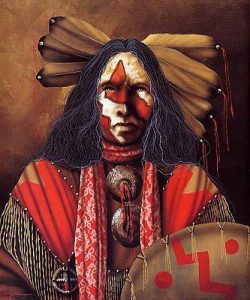You can find oil painting reproductions at a low price in China. Dafen is a cultural center in Shenzhen that produces these works of art. They are available online and will be delivered to you by air express door to door service within 48 hours. This service makes oil painting reproductions available for everyone, whether you want a piece of art for your living room or as a gift for a loved one.
The Dafen project was first covered in the western media in 2005, around the time that Westerners began to discover a village in China that produces hand-painted replicas of famous paintings. While the Westerners had been purchasing these paintings for years, they only recently began to recognize Dafen’s role in the painting world. To promote Dafen as a place of learning and cultural exchange, the leadership sought positive international coverage.
In addition to oil painting reproductions, the Dafen township is also a replicas capital. Dafen oil painters specialize in specific styles, so they can create exact replicas of classic works of art. Western companies want oil paintings that are similar to the originals, but can’t afford the originals. These replicas are so close that Dafen received the Cultural Industry Model Base Award for 2004.
It produces museum-quality oil paintings
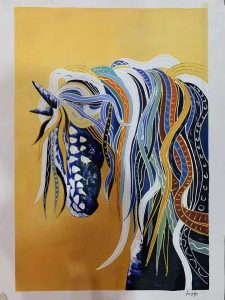
It has become a tourist destination
While oil painting has long been a popular subject for Chinese art collectors, its popularity has declined since the global economic crisis hit the country in 2008. This was a blow to foreign buyers and caused a general decline in the demand for reproductions. The decline in sales was further complicated by a shift in the taste of Chinese art collectors towards midcentury modern decor. Deng Xiaoping, the former president of China, encouraged industrialization and foreign investment in the 1980s through his Open Door Policy. Eventually, the village of Dafen boasted 600+ oil painting galleries, and over 5,000 artists working there. The village has a reputation for producing over 5 million paintings every year.
